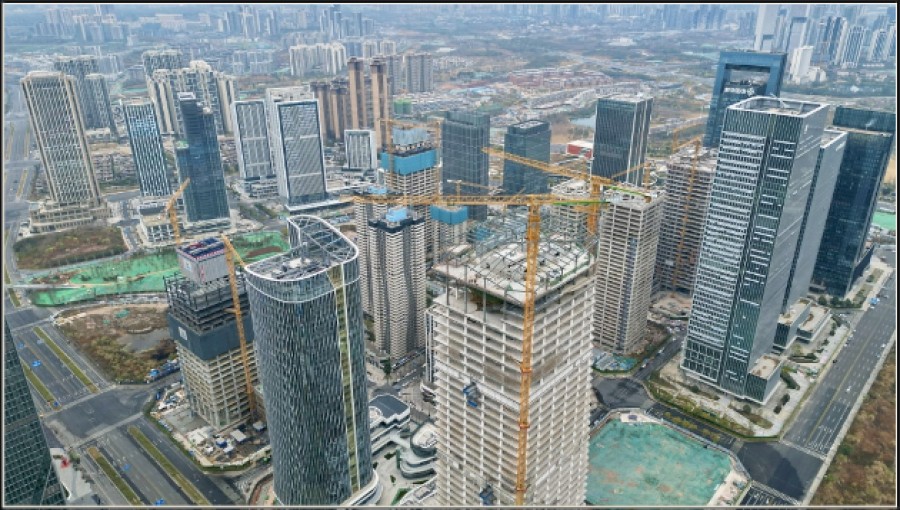China's economic data for the first two months of the year surpassed expectations, with retail sales, industrial production, and fixed asset investment beating analyst forecasts. Despite the positive indicators, concerns linger over insufficient domestic demand and a struggling real estate sector.
Retail Resilience Amidst Economic Optimism
China's economic performance in the initial two months of 2024 has exceeded analyst predictions, bolstering hopes for sustained growth. Retail sales surged by 5.5%, surpassing the anticipated 5.2% increase, while industrial production soared by 7%, notably higher than the forecaster's 5% growth. Fixed asset investment also saw a robust rise of 4.2%, surpassing analysts' estimates by a significant margin.
Concerns Over Domestic Demand and Real Estate
Despite the upbeat economic figures, concerns loom over insufficient domestic demand and the ongoing struggles in the real estate sector. The National Bureau of Statistics cautioned that while certain sectors show resilience, domestic demand remains a critical challenge. Real estate investment plummeted by 9% in the first two months of the year, reflecting the sector's prolonged downturn.
Calls for Policy Intervention
Economists emphasize the necessity of policy intervention to bolster economic growth, particularly in addressing weaknesses in domestic demand and the ailing real estate market. Analysts from Goldman Sachs advocate for more policy easing, especially on the demand side, to achieve China's ambitious growth target of "around 5%" for the year.
Shift towards Manufacturing Focus
In response to the challenges faced by the real estate sector, Chinese authorities have emphasized a shift towards developing manufacturing and technological capabilities. Efforts to boost high-end manufacturing are deemed essential for achieving high-quality development, signalling a strategic shift in economic priorities.
Outlook and Policy Expectations
As China navigates through economic challenges, expectations are high for further policy intervention to stimulate demand and address structural issues in key sectors. Attention remains focused on upcoming policy decisions, particularly regarding monetary easing measures and support for the manufacturing sector's expansion.































Comment: